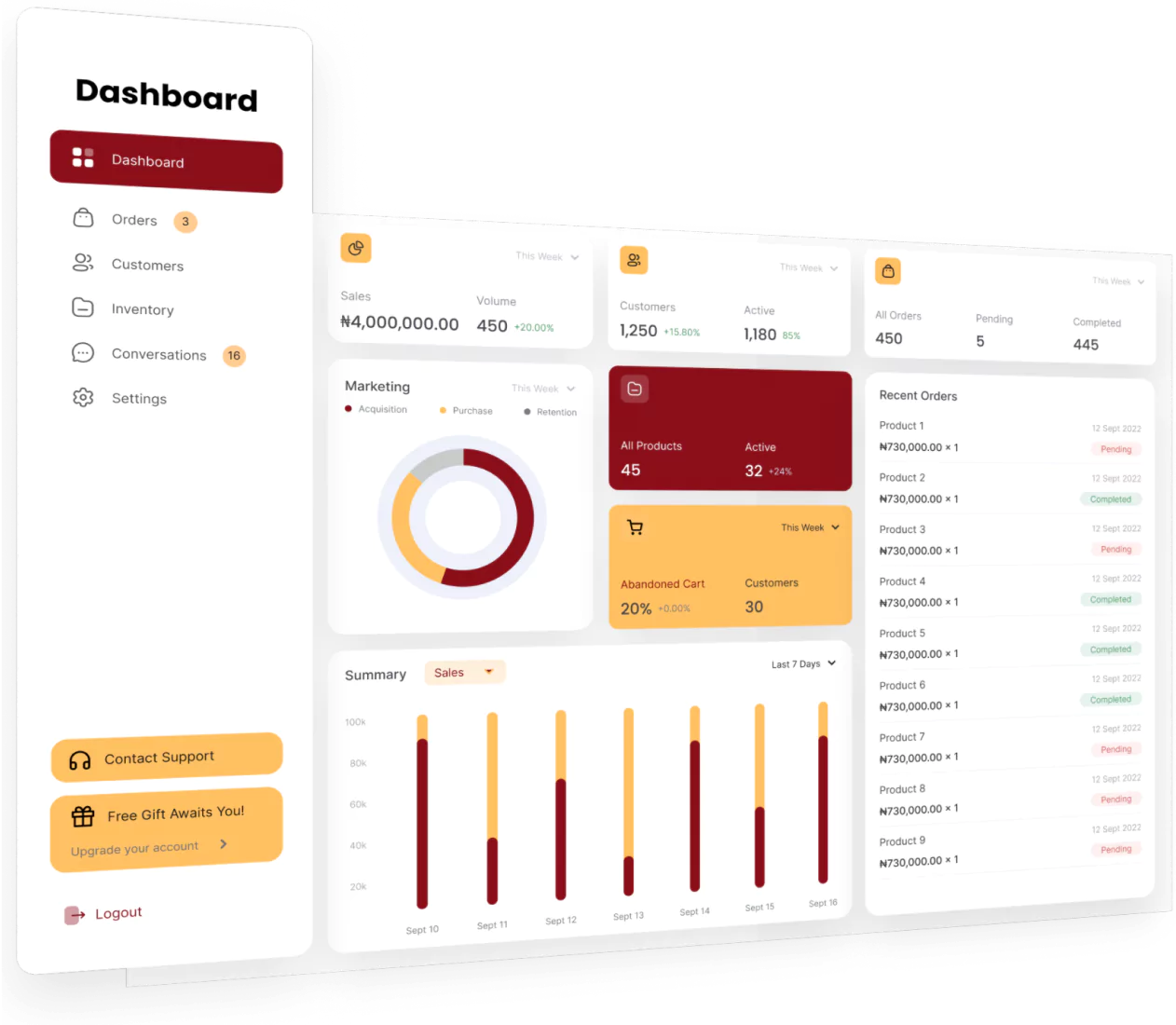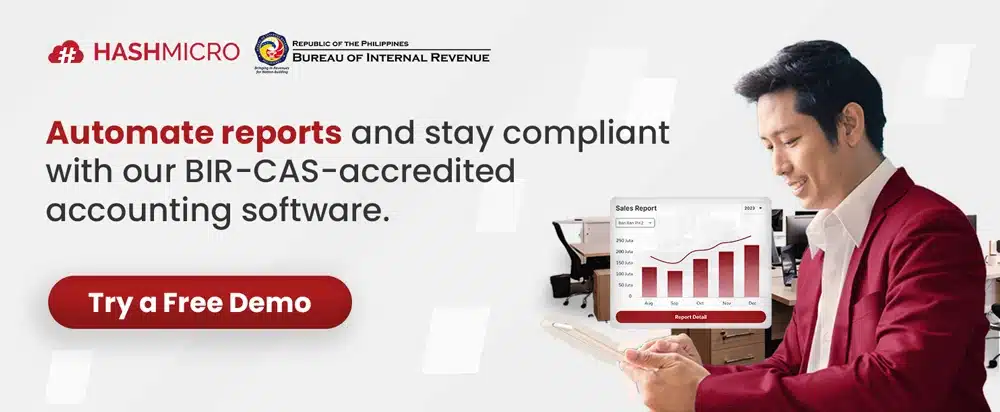Accurate financial records are the backbone of any successful business. But how do you ensure every transaction is tracked precisely and transparently? This is where the general journal comes into play.
As the foundational ledger in accounting, a general journal records all financial transactions in chronological order, providing a detailed audit trail that supports financial accuracy and compliance.
For managers and C-Suite executives, understanding the importance of a well maintained journal is crucial for informed decision-making and strategic planning. Curious about how mastering this accounting tool can enhance your financial management?
Patuloy na magbasa upang malaman ang kahalagahan nito at kung paano ito makakatulong sa paglago ng iyong negosyo.
Key Takeaways
|
Table of Contents

What is a General Journal?
A general journal is a fundamental accounting tool used to record all financial transactions in chronological order. It serves as the first point of entry for business transactions before they are categorized into specific accounts in the general ledger.
Each entry in the journal includes the date, accounts affected, amounts debited and credited, and a brief description of the transaction. By maintaining a detailed and organized record of all financial activities, the journal ensures accuracy, transparency, and compliance with accounting standards.
Advantages of General Journal
The general journal plays a vital role in accounting by recording all financial transactions in chronological order. This helps businesses maintain accurate and organized financial records. Additionally, by providing a clear journal entry example for each transaction, the general journal makes it easier to understand the flow of financial data.
Beyond its basic function, the general journal offers several key advantages that enhance financial management and reporting. Here are some of its main advantages:
- The general journal records all the details of a transaction as it happens, including a clear explanation of the transaction.
- It assists in finding and correcting errors.
- It keeps a chronological record of all transactions, making it easier to find transactions from a specific date.
- Since every transaction is recorded right away, there is no risk of accidentally leaving one out.
- By recording both sides of a transaction, the general journal reduces the likelihood of errors when transferring information to the ledger.
- Each transaction is recorded with detailed information, which helps ensure accuracy when posting entries to the ledger.
How Do You Write a General Journal Entry?
Writing a general journal entry is a fundamental step in the accounting process. It ensures that every financial transaction is accurately recorded and properly classified. But how exactly do you write a general journal entry
Understanding the correct format and necessary details is essential for maintaining organized and reliable financial records. Here’s a step-by-step guide to help you do it correctly.
- Begin by identifying the transaction and understanding its nature.
- Determine which accounts are impacted by the transaction. At least two affected accounts, one debited and the other credited, must be present.
- Classify the account types involved, such as assets, liabilities, accounts payable, or accounts receivable.
- Follow the double-entry bookkeeping rules, ensuring that every debit entry has a corresponding credit entry of the same amount.
- Make sure to include the date of the transaction.
Record the journal entry with all relevant details and add a brief description explaining the transaction.
Difference Between General Journal and General Ledger
Although the general journal and the general ledger are both essential tools in accounting, they serve different purposes and are used at different stages of the recording process.
Understanding the differences between them is crucial for maintaining accurate financial records. The following table outlines the key distinctions between the general journal and the general ledger.
| Aspect | General Journal | General Ledger |
| Purpose | Records transactions in chronological order with detailed descriptions. | Summarizes transactions by account, showing balances. |
| Format | Includes date, accounts affected, debit and credit amounts, and a brief description. | Shows account name, beginning balance, transactions, and ending balance. |
| Order of Recording | Chronological order, as transactions occur. | Organized by account type (e.g., assets, liabilities, equity). |
| Detail Level | Detail Level | Focuses on account totals and balances. |
| Use in Accounting | First point of entry for all transactions. | Used to prepare financial statements and track account
balances. |
| Error Detection | Helps identify errors early by reviewing transaction details. | Assists in verifying account balances and detecting discrepancies. |
| Double-Entry System | Records both debit and credit for each transaction. | Reflects the impact of journal entries on account balances. |
Things to Remember when Using General Journal

Using the general journal correctly is essential for maintaining accurate and reliable financial records. However, there are certain guidelines and best practices to keep in mind to avoid common mistakes. Here are some essential things to remember when using the general journal.
- Record transactions in detail: Companies should use the correct format for the general journal and include all necessary details to record financial transactions accurately. For example, adding clear descriptions of transactions helps maintain accurate financial records for future reference.
- Follow accounting standards: Companies should comply with accounting standards like GAAP and International Financial Reporting Standards (IFRS) when recording transactions in the general journal. This ensures accurate historical records and makes the company better prepared for audits.
- Implement internal controls: Organizations should establish internal controls per SOX requirements to maintain the accuracy of financial records. For instance, assigning different employees to handle various types of transactions can help distribute responsibilities and minimize accounting errors.
- Review and reconcile regularly: Reviewing journal entries regularly helps ensure the accuracy of recorded transactions. Routine account reconciliations also help identify and correct any discrepancies or errors in journal entries.
- Leverage technology: Modern technology has made automating bookkeeping tasks much easier. AI-powered accounting software can streamline the journal entry process, minimize errors, and quickly identify anomalies. Additionally, such software can automate account reconciliation, enhancing the accuracy of financial records.

How HashMicro Can Help Automate Journal Entries

HashMicro offers a powerful solution for businesses looking to streamline their accounting processes. By automating journal entries and providing customizable ledger, HashMicro’s accounting system helps companies save time, reduce errors, and maintain accurate financial records. Here are some key features of HashMicro that make automating journal entries easier and more efficient:
- Automated transaction recording: HashMicro automatically records transactions as they occur, reducing the need for manual data entry and minimizing the risk of human error.
- Integration with other systems: The software seamlessly integrates with other business systems, such as inventory and sales, ensuring that all related transactions are automatically reflected in the journal entries.
- Real time financial updates: With real-time updates, businesses can monitor their financial status instantly, keeping records accurate and up to date.
- Customizable journal templates: HashMicro allows users to create customized journal templates, making it easier to record recurring transactions consistently and accurately.
- Error detection and correction: The system is designed to identify inconsistencies and errors in journal entries, helping businesses maintain accurate financial data.
- Compliance with accounting standards: HashMicro ensures that all journal entries comply with accounting standards such as GAAP and IFRS, making audits smoother and more efficient.
With these features, HashMicro’s accounting software helps businesses automate complex accounting tasks, improve accuracy, and enhance overall financial management.
Conclusion
The general journal is essential in the accounting process as it provides a structured and comprehensive record of all financial transactions. It enhances accuracy, facilitates error detection, and improves the reliability of financial reporting, making it a vital tool for effective financial management.
By mastering the use of the journal, businesses can ensure accurate record-keeping and make well-informed financial decisions.
To optimize your accounting processes, consider leveraging HashMicro’s advanced accounting software. Designed to automate journal entries and enhance data accuracy, HashMicro’s solution helps businesses save time and minimize errors.
To learn more about how this technology can benefit your organization, request a free demo from HashMicro today.

FAQ General Journal
-
What do we record in general journal?
The general journal is used to record non-cash transactions. In other words, any transaction that does not include the issuance of a receipt or a warrant should be recorded in the general journal.
-
How to do a general journal?
The left column will contain the date of when the business transaction took place. The second column should contain the “account name” of the concerned accounts that are affected by that business transaction. The debited accounts should come first followed by the credited accounts.
-
What is the purpose of a general journal?
A general journal in accounting is a master book of entries for all financial transactions that a business has made. The main purpose of a general journal is to help bookkeepers and accountants with the reconciliation of financial accounts as well as the creation of descriptive financial statements.



































